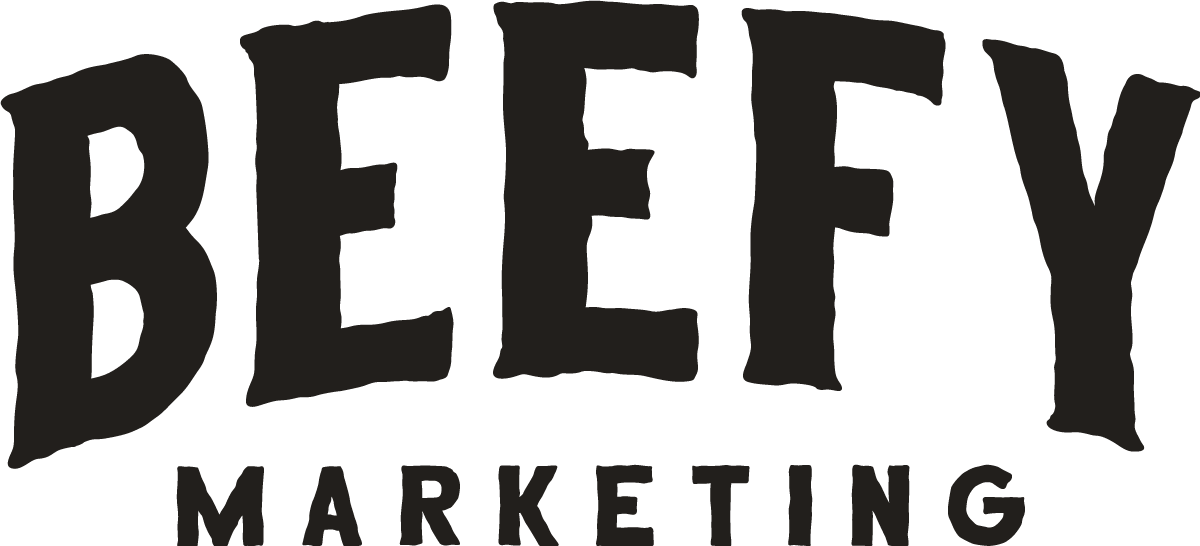Streamlining Your Marketing Efforts with Non-Profit Marketing Automation Software
Marketing automation software can be a transformative tool for non-profit organizations, helping to streamline communications, improve engagement, and strengthen relationships with donors, volunteers, and supporters. By automating repetitive marketing tasks, non-profits can better allocate resources, save time, and focus on their mission. In this blog post, we will discuss the benefits of marketing automation for non-profits, the features and capabilities to look for when selecting a platform, and offer tips for integrating automation into your existing marketing strategy.
The Benefits of Marketing Automation for Non-Profit Organizations
There are several reasons why non-profit organizations should consider implementing marketing automation software, including:
1. Time and Resource Savings: Automating repetitive marketing tasks, such as email campaigns, social media scheduling, and reporting, frees up valuable time and resources for more strategic initiatives.
2. Personalized Communications: Marketing automation software enables non-profits to segment their audience, allowing for more targeted and personalized messaging. This can lead to increased engagement and loyalty.
3. Improved Donor Acquisition and Retention: Through data-driven marketing strategies, automation can help non-profits identify potential donors, nurture existing supporters, and reengage lapsed donors.
4. Enhanced Analytics and Reporting: By automating data gathering and reporting, non-profits can gain a better understanding of the effectiveness of their marketing campaigns and make data-driven decisions to optimize performance.
5. Scalability: Marketing automation software allows non-profits to scale their marketing efforts as their organization and supporter base grows.
Selecting the Right Marketing Automation Software for Your Non-Profit
With numerous marketing automation platforms available, choosing the right one for your non-profit organization can be daunting. Here are some essential features and capabilities to look for when evaluating options:
1. Integration with Your CRM: Ensure the marketing automation software can seamlessly integrate with your existing CRM to maintain accurate donor records and provide a comprehensive view of your supporter data.
2. Email Marketing Capabilities: Look for a platform that offers powerful email marketing features such as drip campaigns, autoresponders, and personalized content.
3. Social Media Management: Many marketing automation platforms include social media management tools to help non-profits schedule posts, manage multiple accounts, and track engagement metrics.
4. Campaign Analytics and Reporting: Choose a platform with robust analytics and reporting capabilities to help you evaluate the performance of your marketing campaigns and optimize for better results.
5. Ease of Use and Customization: Opt for a user-friendly platform that can be tailored to your non-profit’s unique needs with minimal technical expertise.
6. Dedicated Non-Profit Features: Some marketing automation platforms offer features specifically designed for non-profits, such as donation tracking, event management, and peer-to-peer fundraising tools.
Integrating Marketing Automation into Your Non-Profit’s Marketing Strategy
Successfully incorporating marketing automation into your non-profit’s marketing strategy requires careful planning, implementation, and ongoing management. Here are some tips to help you get started:
1. Set Clear Goals: Clearly define your marketing automation objectives, such as increasing donor retention, improving email open rates, or generating more event registrations.
2. Map Out Your Audience Segments: Identify and segment your target audience based on factors like donation history, engagement level, and interests, to ensure you deliver personalized and relevant content.
3. Develop a Content Strategy: Plan a strategic mix of targeted email campaigns, social media content, and other marketing initiatives to engage your audience through automation.
4. Monitor and Optimize Performance: Regularly analyze your marketing automation performance metrics and adjust your strategy as needed to improve results.
5. Provide Ongoing Training and Support: Ensure your staff members are familiar with the marketing automation software and offer ongoing training and support to maximize success.
How Beefy Marketing Can Support Your Non-Profit’s Marketing Automation Efforts
Implementing marketing automation software can take your non-profit organization’s marketing efforts to new heights. Beefy Marketing, offering fully managed marketing and branding services, expert resources, and a supportive community of small business owners, can help ensure your non-profit successfully integrates marketing automation into its strategy for maximum impact.
Our team can assist with platform selection, software implementation, and the development of targeted marketing campaigns to make the most of your marketing automation investment. Contact Beefy Marketing today to learn more about how our services can help your non-profit organization drive growth, boost donor engagement, and streamline your marketing efforts through automation.


